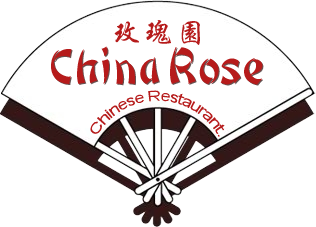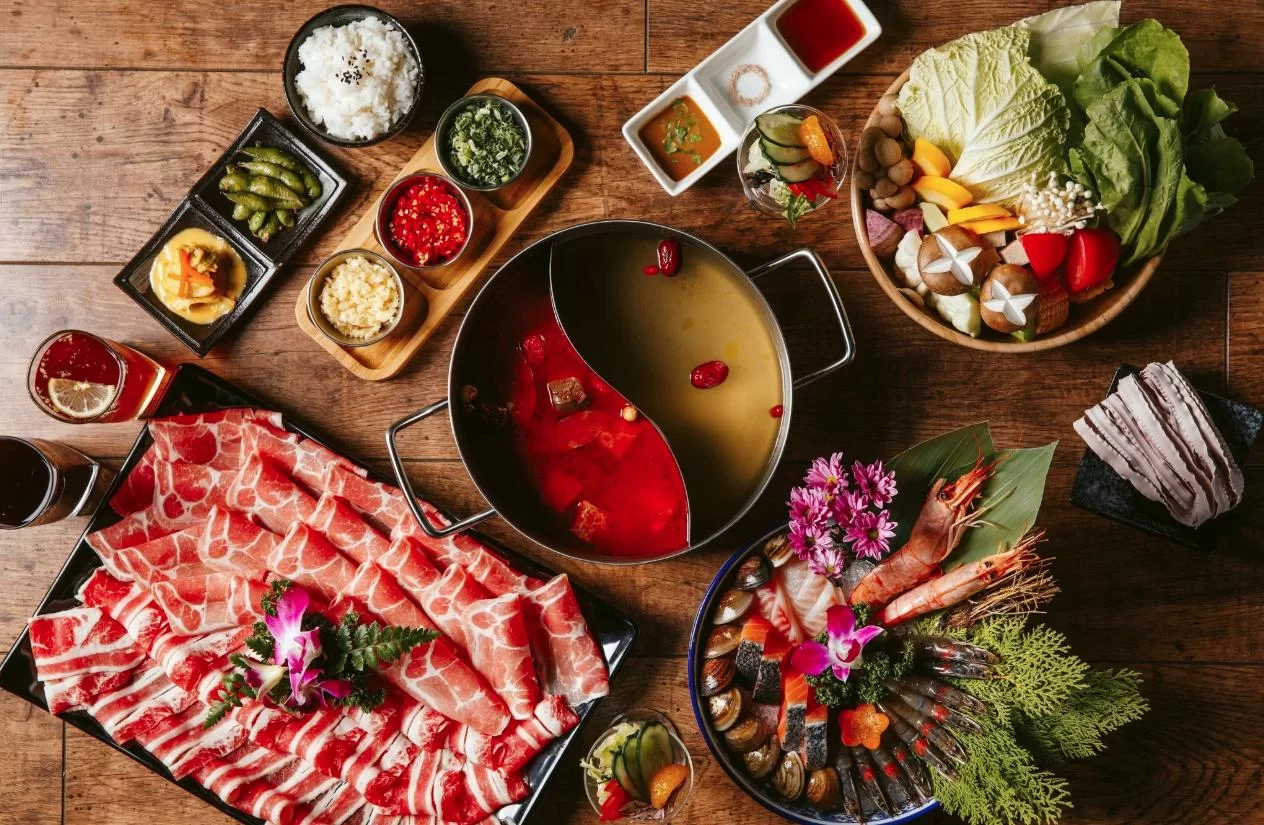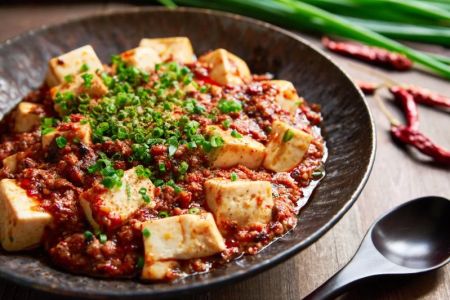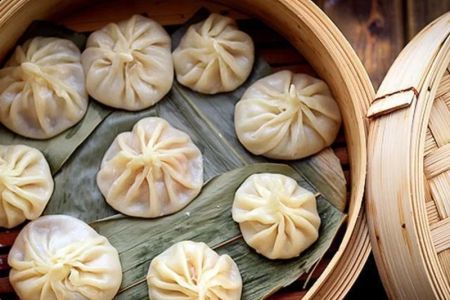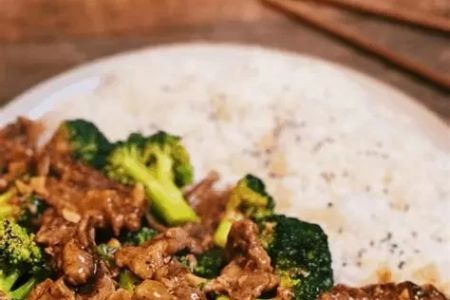The Difference Between Chinese and Americanized Chinese Food
- 1. Defining Chinese Food: What Is It Really?
- 2. What Makes Chinese Food "Americanized"?
- 3. Popular Dishes in Chinese and Americanized Chinese Cuisine
- 4. The Flavors and Ingredients in Both Versions
- 5. Authentic Chinese Food Versus Adapted Americanized Versions
- 6. The Rise and Appeal of Americanized Chinese Food
- 7. Where to Find Authentic Chinese Food Today
1. Defining Chinese Food: What Is It Really?
Chinese food is as diverse as the country itself, and it encompasses a rich variety of regional flavors, textures, and cooking techniques. From the spicy dishes of Sichuan to the delicate dim sum from Canton, traditional Chinese cuisine is built on thousands of years of history and culinary evolution. It’s characterized by an emphasis on fresh ingredients, a balance of flavors (sweet, salty, sour, bitter, and umami), and a reliance on techniques like stir-frying, steaming, and braising.
One of the key features of authentic Chinese cooking is the use of fresh vegetables, meats, and seafood, combined with seasonings like soy sauce, ginger, garlic, and fermented pastes. In contrast to what many people believe, traditional Chinese food is often lighter and less oily than its Americanized counterpart.
2. What Makes Chinese Food "Americanized"?
When we talk about "Americanized Chinese food," we’re referring to the adaptations made to Chinese cuisine when it was introduced to the United States in the 19th and 20th centuries. Immigrants from China brought their culinary traditions to America, but over time, the dishes were altered to suit the tastes of American consumers. This often meant heavier use of sugar, more deep-frying, and an emphasis on larger portions. Ingredients that were easily available in the U.S., like sweet and sour sauce or General Tso's chicken, became popular staples in Chinese-American restaurants.
Unlike authentic Chinese food, which often focuses on balance and subtle flavors, Americanized Chinese dishes tend to be much sweeter and more overtly rich. These adaptations often cater to the American preference for bold flavors and larger, more filling meals.
3. Popular Dishes in Chinese and Americanized Chinese Cuisine
There are many dishes that are commonly associated with Chinese food in the U.S., but that don’t necessarily exist in China in the same form. Let’s take a look at a few examples:
3.1 Authentic Chinese Dishes
Traditional Chinese dishes vary by region, but some key examples include:
- Mapo Tofu: A Sichuan dish made with tofu, ground pork, and a flavorful chili bean paste.
- Peking Duck: A crispy and tender duck served with pancakes, hoisin sauce, and scallions.
- Dim Sum: A variety of small dishes like dumplings, buns, and spring rolls, traditionally enjoyed as part of a communal meal.
3.2 Americanized Chinese Dishes
Some of the most popular Americanized Chinese dishes include:
- General Tso’s Chicken: A deep-fried chicken dish coated in a sweet, tangy sauce, often with a hint of heat.
- Sweet and Sour Chicken: Chicken coated in a bright red, sugary sauce paired with pineapple and bell peppers.
- Chop Suey: A dish made of stir-fried vegetables, meat, and sometimes noodles, often served with rice.
4. The Flavors and Ingredients in Both Versions
The difference in flavors and ingredients between authentic Chinese food and Americanized Chinese food is one of the most striking contrasts between the two. Authentic Chinese food relies on the balance of flavors, often achieving complexity through the careful use of seasoning and spices. In contrast, Americanized Chinese dishes tend to have a more simplistic and bold flavor profile.
4.1 Authentic Chinese Ingredients
Chinese cooking uses ingredients like fermented bean pastes, hoisin sauce, and soy sauce to create depth of flavor. Fresh vegetables, tofu, and different kinds of rice and noodles also play a central role in many dishes. In addition to the classic seasonings, regional specialties include star anise, five-spice powder, and Sichuan peppercorns.
4.2 Americanized Chinese Ingredients
In Americanized Chinese food, ingredients like ketchup, corn syrup, and MSG are often used to create sweeter, bolder flavors. Americanized dishes often rely more heavily on frying and sweetening the sauces to cater to the American palate. This results in dishes that are heavier, sweeter, and more filling than their traditional counterparts.
5. Authentic Chinese Food Versus Adapted Americanized Versions
So, what’s the real difference between authentic Chinese food and Americanized Chinese food? It all comes down to tradition versus adaptation. Authentic Chinese food focuses on balance, subtlety, and the use of fresh, seasonal ingredients. It often emphasizes lighter cooking methods like steaming, stir-frying, and braising, allowing the natural flavors of the ingredients to shine through.
On the other hand, Americanized Chinese food tends to prioritize bold, in-your-face flavors with larger portions. This evolution was shaped by the demands of American consumers who were looking for more satisfying, heartier meals. Over time, this led to the creation of dishes that are not necessarily found in China but have become synonymous with Chinese food in the U.S.
6. The Rise and Appeal of Americanized Chinese Food
The popularity of Americanized Chinese food can be traced back to the large Chinese immigrant communities that began settling in the U.S. in the 19th century. These early immigrants adapted their cooking to American tastes, which included using more sugar and frying ingredients to create dishes that would appeal to a Western audience.
Today, Americanized Chinese food remains a beloved part of U.S. culture, particularly with the rise of takeout and delivery services. It offers a comforting, easy-to-enjoy meal for people looking for something quick and satisfying. Dishes like orange chicken and fortune cookies have become symbols of Chinese food in the U.S., even though they don't necessarily reflect traditional Chinese cuisine.
7. Where to Find Authentic Chinese Food Today
If you’re craving authentic Chinese food and want to experience the true diversity of Chinese cuisine, it’s worth seeking out specialized restaurants or food markets. In cities with large Chinese populations, like San Francisco or New York, you can find authentic regional Chinese food that hasn’t been Americanized.
For those who aren’t in areas with access to authentic Chinese food, it’s also possible to explore and try cooking traditional Chinese dishes at home. There are plenty of online resources, like Chinese Food, where you can learn how to prepare authentic Chinese dishes with the right ingredients and techniques.
